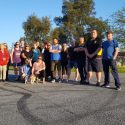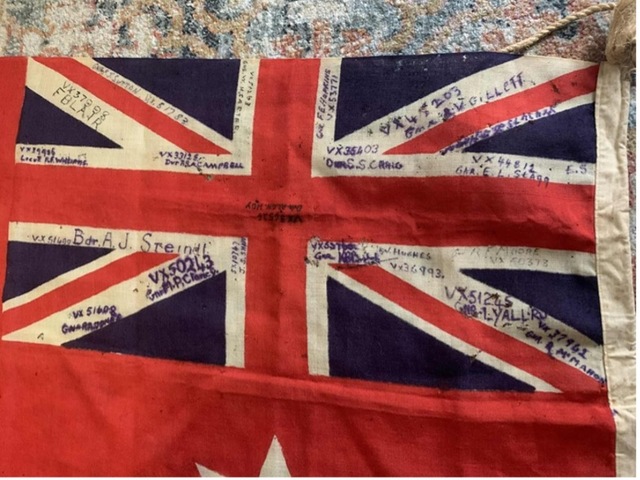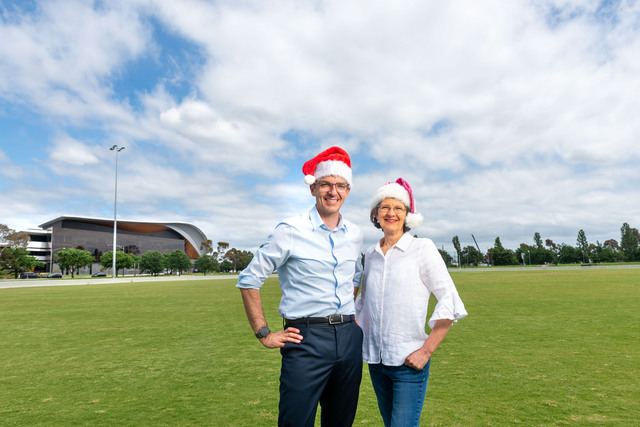By Cam Lucadou-Wells
Closing down Prospect Hill Road to hoons may just move the problem onto other Casey residents’ doorsteps, says a criminology expert.
Melbourne University criminology lecturer Dr Diana Johns said bollards, speed humps and road closures were effective short-term deterrents, as well as increased police presence.
“The most likely result, however, will be displacement of the problem.
“This means the problem might be reduced or eliminated in one area, yet will spring up at other times, in different forms, and in other areas.”
In the long term, community strategies such as identifying the offenders, where they come from and targeting those areas with services and programs such as legal drag racing venues, Dr Johns said.
Police enforcement is the best way to deter hoons, but not the whole solution, says Monash University Accident Research Centre deputy director Stuart Newstead.
In response to the Prospect Hill Road hooning, Associate Professor Newstead said hoon laws had made a significant impact, particularly the impounding and crushing of offenders’ cars.
But it hadn’t stopped a “hard core” of hoons.
“It’s particularly effective if you have got cars that they value highly. However, if the car is stolen then that’s not much of an impediment.
“If they have a $500 Commodore, which is not unusual, and the impoundment fees can run to many thousands of dollars, they don’t bother getting them back.
“Then you have to look at a higher punishment and sentencing regime for the individual.”
Punishment should also be followed up with rehabilitative programs, such as road safety and offender-behaviour programs, he said.
For some, legal drag-racing in a controlled environment gave them the necessary outlet – but again, not for all.
Disqualifying hoons from the roads was becoming more beneficial, especially with automatic number-plate recognition devices detecting many disqualified drivers.
Hooning was prevalent in areas of plentiful young males and lower affluence such as the outer South-East, Assoc Prof Newstead said.
Stopping them with bollards by closing off Prospect Hill Road might just “send them to someone else’s backyard”.
“We know the groups are very mobile and good at using social-media networks to let each other know where the police are.
“The police generally want to assist.
“They need the community to reach out to them and they need more resources.”
Casey Neighbourhood Watch chairman Rob Ward said “poor environmental design” was a factor at Prospect Hill Drive.
“Hoons and others who choose to ignore the law and engage in anti-social behaviour will always seek out places where they feel they can flout the law without risk.”
Mr Ward said long-suffering residents should “make a noise” to police, the media, council and councillors.
“The hoons make noise, all you need to do is make some noise of your own! Out-pest the pests.”
There was also a social issue behind the dangerous offending – disrespect for the law and a lack of adequate punishment in courts, Mr Ward said.
“One wonders if we have gone soft on poor behaviour at home, and it is now being played out on our streets?
“It may take a village to raise a child, but parents must take the first steps.”







